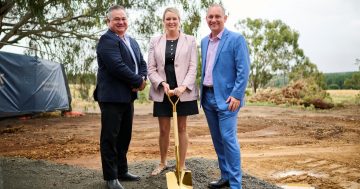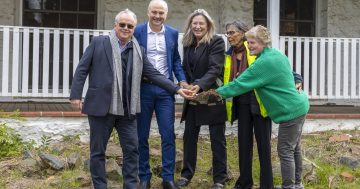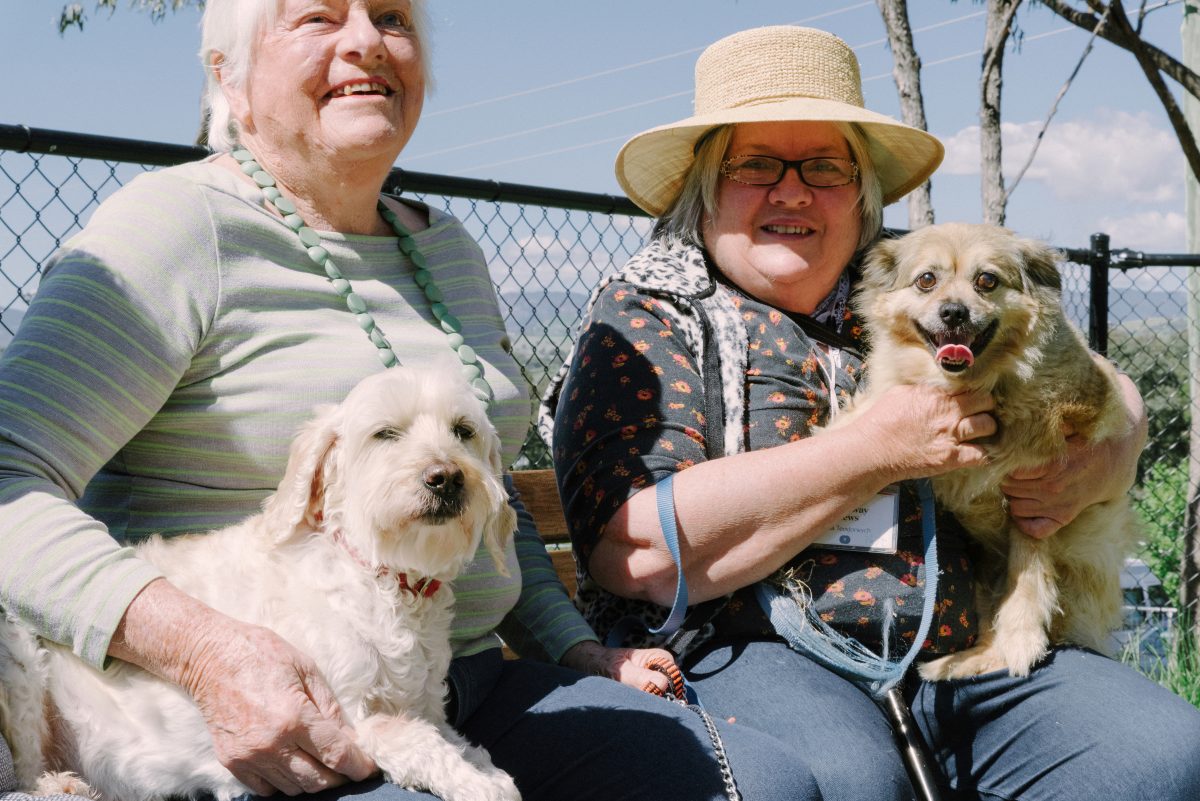
People over the age of 80 will double before long and quality aged care isn’t keeping up. Photos: LDK.
A national disaster in aged care is headed our way, according to the proprietor of a Canberra senior living community.
LDK founder and director Paul Browne says the number of people over 80 will double in the next 12 to 15 years and the growth in aged care facilities are far from keeping up.
“We’re going to have twice as many people needing support and that’s terrifying because there’s so little out there in the way of quality aged care,” he says.
“We have a national disaster coming and it’s going to resonate across our entire healthcare system.”
About 20 years ago, following his own experiences with loved ones entering retirement, he created the first LDK seniors living communities.
With 220 staff onsite, he describes Greenway Views in Tuggeranong as “the Hyatt with care” or a “land-based cruise ship”.
But central to the LDK model is its “One Move Promise” – an untraditional approach combining the offerings of retirement communities, aged care facilities and nursing homes into one product.
This means retirees have easy access to all the amenities of the vibrant village from restaurant dining to theatre, gym to grocer, as well as a busy social offering and can still count on care covering the spectrum of needs right through to palliative, all from their private apartment.
Their care can be financed through a range of government-funded or privately funded care packages and staff work to ensure residents receive the most out of any government-funded support they’re entitled to.

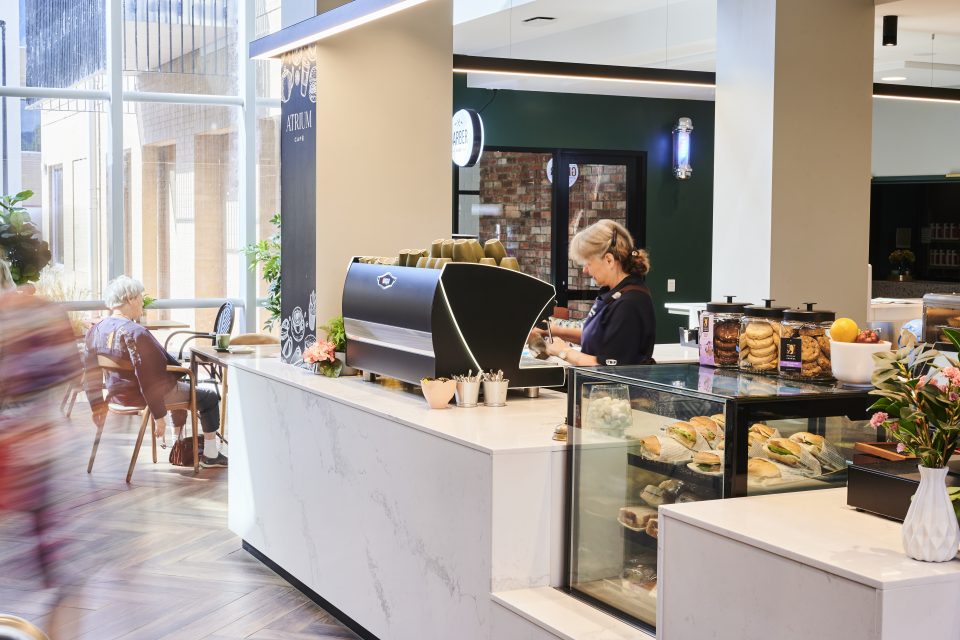


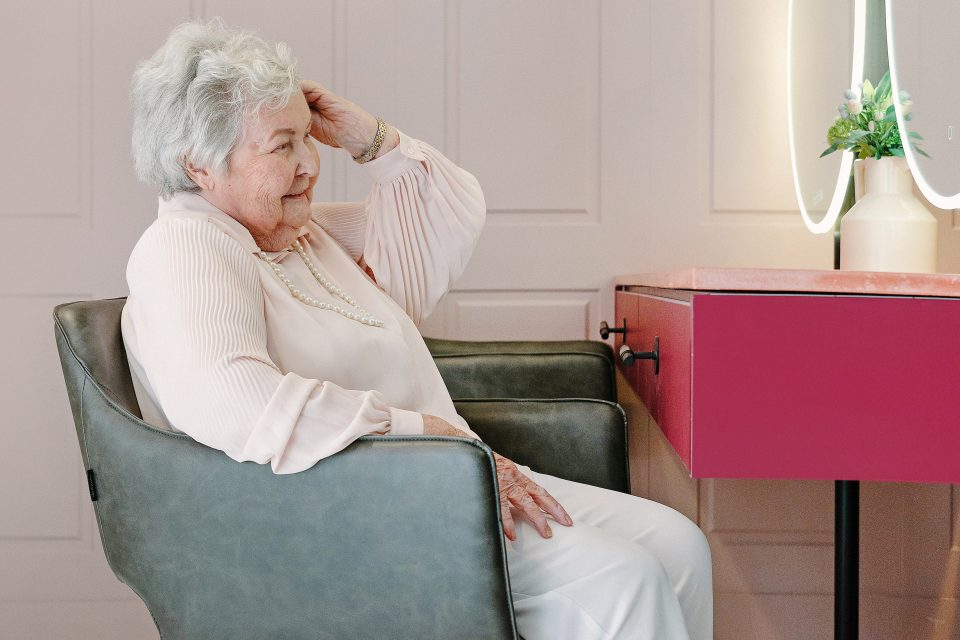
Paul says this “guaranteed continuum of care” through the spectrum of retirement stages is increasing demand because retirees “don’t want to be dragged from one place to another at the most vulnerable part of their lives”.
“Often older people reach a stage where they are forced to abandon their home to get the care afforded in nursing homes. But many nursing homes are places of constant depression – there’s nothing to do, no activations,” he says.
“Many of them still have shared ensuites. At age 92, would you want to be sharing an ensuite? Yet people still use them because they’re literally better than nothing.
“But the new generation of retirees is discerning. If they can’t get high-quality care, they would rather stay home, which means we’re looking at more older people falling and ending up in the hospital, putting more pressure on a crisis-driven healthcare system.”
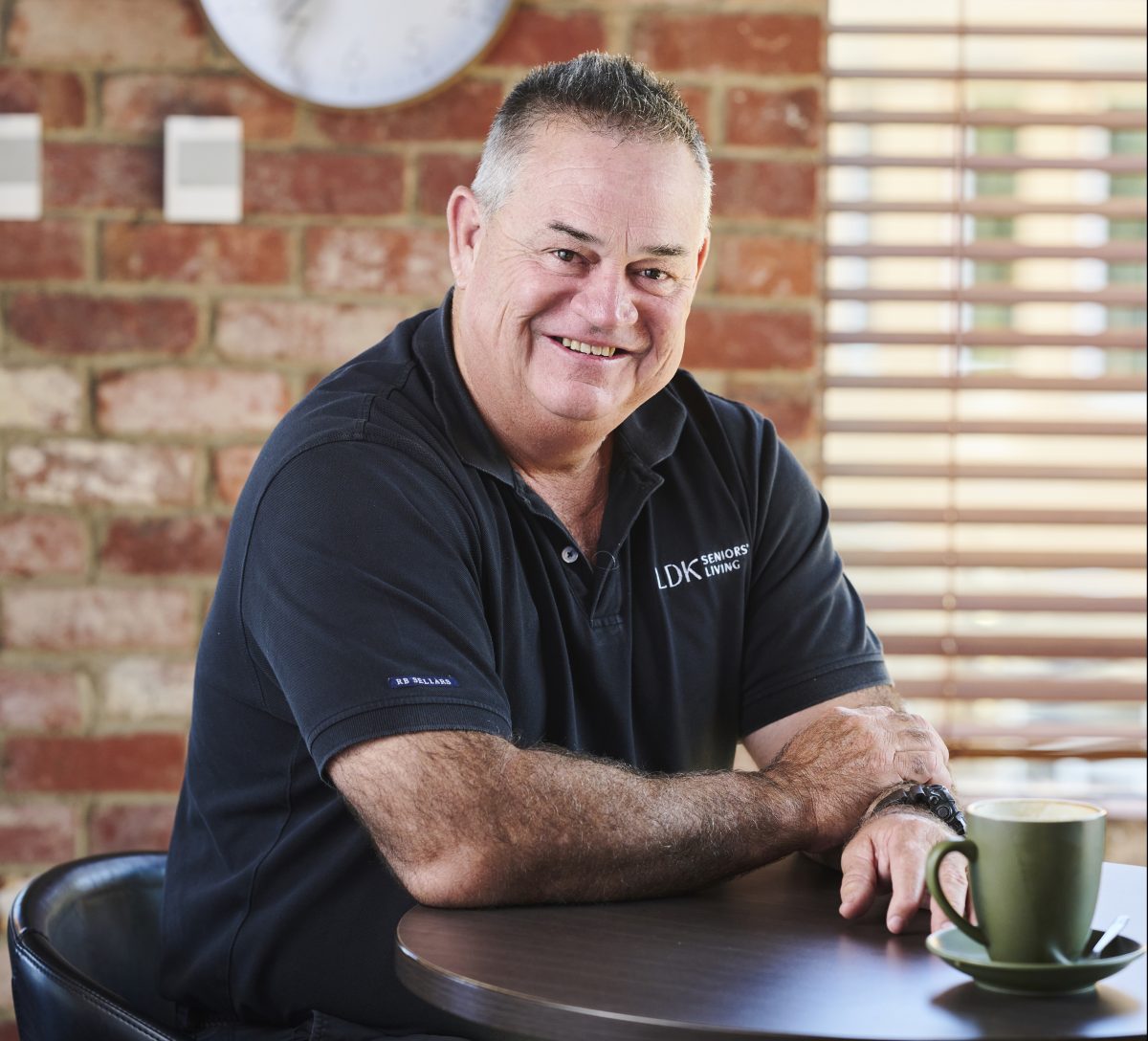
LDK founder and owner Paul Browne says demand for the LDK retirement lifestyle far outstrips supply.
According to Paul, the model is “broken”, evidenced by frequent facility closures.
“Aged care and nursing homes are sometimes 50 years old and rejuvenation of those ‘beds’ – they’re referred to as beds, not homes – is very much in question,” he says.
“They’re not profitable. So many have gone broke and closed in recent years.
“We need more, not less; otherwise, if you’re over 70 in this country, you have a real problem coming for you.”
This statement holds true in the Crace catchment, where a senior’s living supply gap analysis commissioned by Urbanistik revealed that while the total population growth of the catchment was forecast at 1.7 per cent annually between 2022 and 2027, the growth rates of the over-55s age group were forecast significantly higher at 2.9 per cent.
A mild undersupply of retirement Independent Living Units (ILUs) across the catchment was forecast to escalate in 2027, 2032 and 2037, joining the current status of aged care beds as “significantly undersupplied”.
An undersupply of premium retirement living ILUs across the catchment was also forecast to increase in these periods “as premium product delivery is unable to meet demand”.
It is a sampling of what Paul says will be a national issue and why he is not surprised LDK’s second ACT village, currently under construction in Yarralumla, is pre-selling fast.
“We’re going to have 15 buyers for every unit we produce. That’s good for us from a business perspective, but what about the other 14 that will have nowhere to go?” he says.
“People are lining up around the block because they’re terrified of the future.
“The outlook is bleak and nobody seems to know what to do about it.”












